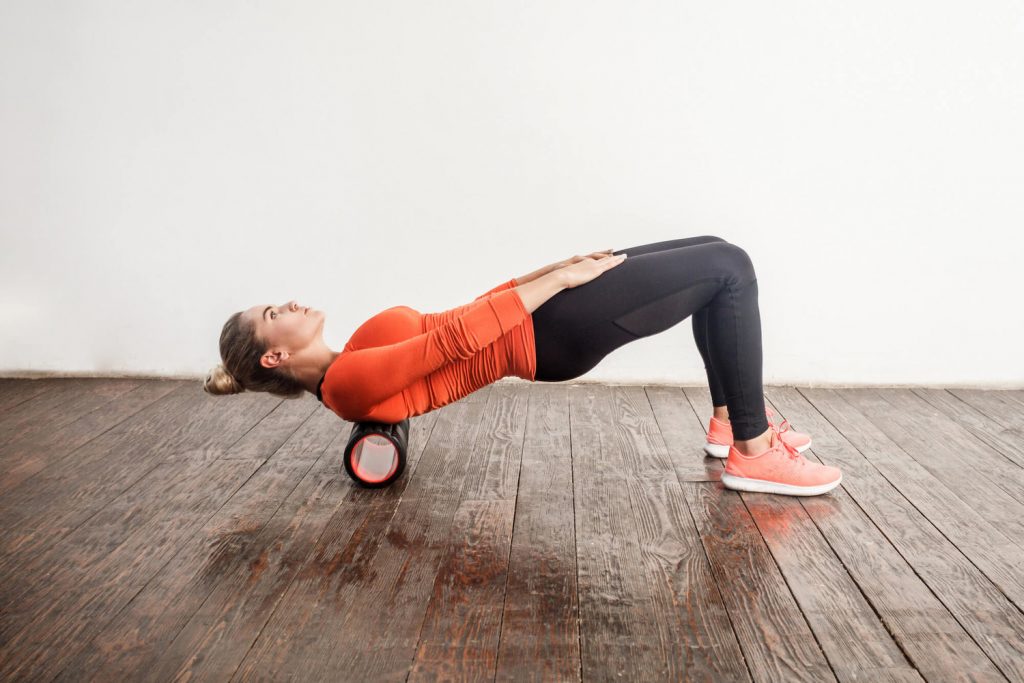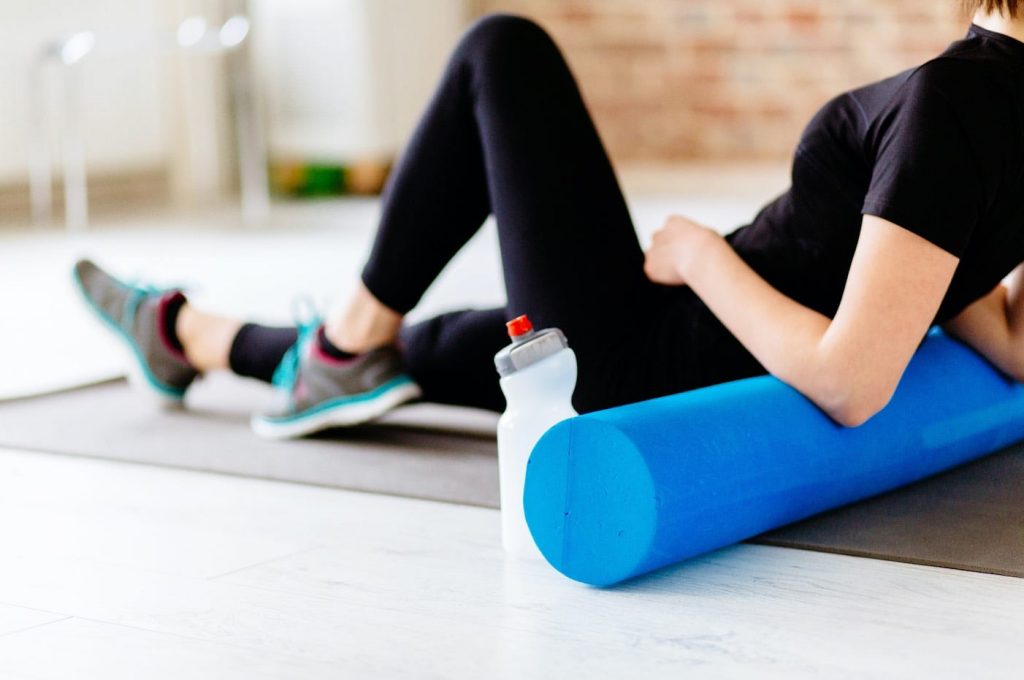- Understanding Myofascial Tissue
- What is Myofascial Release?
- Myofascial Release Exercises
- Address the Causes of Pain
There are many types of pain sources, and one of them is the myofascial tissue that covers muscles. The soft connective tissue can cause temporary pain or become a chronic condition called myofascial pain syndrome. For myofascial pain due to muscle strain or small injury, it is often possible to do simple exercises at home called myofascial release exercises.

Understanding Myofascial Tissue
Fascia is strong, thin, connective tissue that surrounds nerves, bones, blood vessels and muscles throughout the body. Myofascial refers specifically to the fascia or connective tissue surrounding muscles, both single muscles and groups of muscles.
Myofascial pain is muscle pain, in other words. It can develop due to:
- Muscle injury
- Excessive and prolonged muscle tension
- Muscle spasms
- Over-exertion of one or more muscles
- Repetitive motions that strain muscles
- Poor posture
- Disease
- Inflammation
- Lack of activity (muscles get limited use)
There are muscles throughout the body, meaning myofascial pain can occur anywhere there is a muscle. For example, the masticatory muscles enable chewing, so myofascial pain in these muscles impacts a person’s ability to chew.
However, most myofascial pain occurs in places like the neck, back and legs. Places called trigger points can develop in muscles. These are sensitive spots in muscle tissue. Trigger points sometimes feel like palpable nodes that can develop for no obvious reason, but they are often due to injuries, muscle tension or repetitive motions.
Trigger points are not fully understood and are not the only source of myofascial pain. For any reason, muscles that are too tight or not functioning properly can be painful. A torn or stretched muscle is painful also.
What is Myofascial Release?
Myofascial release is a technique for easing the pain associated with muscle dysfunction or tightness. It involves applying pressure to and stretching the muscles that are painful and often restricting movements. The muscles will feel stiff, rather than elastic like a healthy muscle.
Professional manual therapies include massage, physical therapy, and chiropractic manipulation. Myofascial pain syndrome is a chronic condition that usually requires seeing a doctor develop a treatment plan that can include medications, massage therapy, and guided exercises.
Fortunately, many cases of myofascial pain are not chronic. In those cases, there are ways to self fascial release with self-massage and simple exercises that stretch the muscles and release trigger points that may have developed.
Myofascial Release Exercises
The exercises you do for myofascial release depend on where the pain is occurring, of course. Following are some of the common self-myofascial release exercises that have helped people find pain relief.
- Use a myofascial release foam roller
The roller can relieve help to relieve pain in the upper back and shoulders, thoracic spine area, thighs, quads, calves, hamstrings, glutes, adductors and any other places in which you can place the roller and roll back and forth while either face-up, face down or sitting.

- Use a myofascial release tennis ball
Using a tennis ball for myofascial exercises is particularly good for targeting smaller muscle areas, like the feet. For example, plantar fascia (bottom of the foot) is very painful. Sit in a chair, and roll the tennis ball back and forth under the arch of the foot to stretch the muscle.
You can use the tennis ball for other areas of the body too. The tennis ball back roller is used by standing against a wall with the tennis ball placed where the back muscles are tense. Roll the ball around the painful muscle.
The tennis ball can also be used for myofascial exercises in the calves, glutes, hip flexors, pectoral muscles, triceps and other areas where there is muscle tenderness.

- Perform self-myofascial massage
You can massage the area of a tender muscle, as long as you can reach it with your fingers. Gently press on and then rub trigger points to ease the knots, or rub an area where muscles feel tight. You can do a massage with fingers alone or use a tennis ball.
- Do stretching exercises
Stretching the muscles by using some gentle moves can be helpful. Myofascial stretches include traditional poses like the standing quad stretch, standing hamstring stretch, seated shoulder squeeze and many others. It is easy to find stretching exercises online that target every muscle in the body.
An important point to be aware of is that some myofascial pain is referred pain. The pain in one area is caused by a condition somewhere else in the body. For example, arm pain may be caused by trigger points in the neck, or leg muscle pain is due to a back muscle issue. If you focus on a muscle area and pain is not relieved, then try other areas to see if you can pinpoint the real source of pain.
Address the Causes of Pain
If you know how to do a myofascial release on yourself, you are able to ease muscle pain when it occurs in the comfort of your home. However, if you commonly experience myofascial pain, reassess your lifestyle to determine if there are ways to prevent muscle pain from developing. Perhaps you need to reduce stress, improve your posture while sitting or use assistive devices for repetitive work motions.
Should muscle pain become chronic or significantly interfere with movement or work or daily activities, consult a doctor for a diagnosis or to learn about additional treatments that might be available.

Call (703) 520-1031 today for a consultation with pain management specialist Dr. Majid Ghauri at Spine & Pain Clinic of North America (SAPNA) or use the form below to make an appointment.
